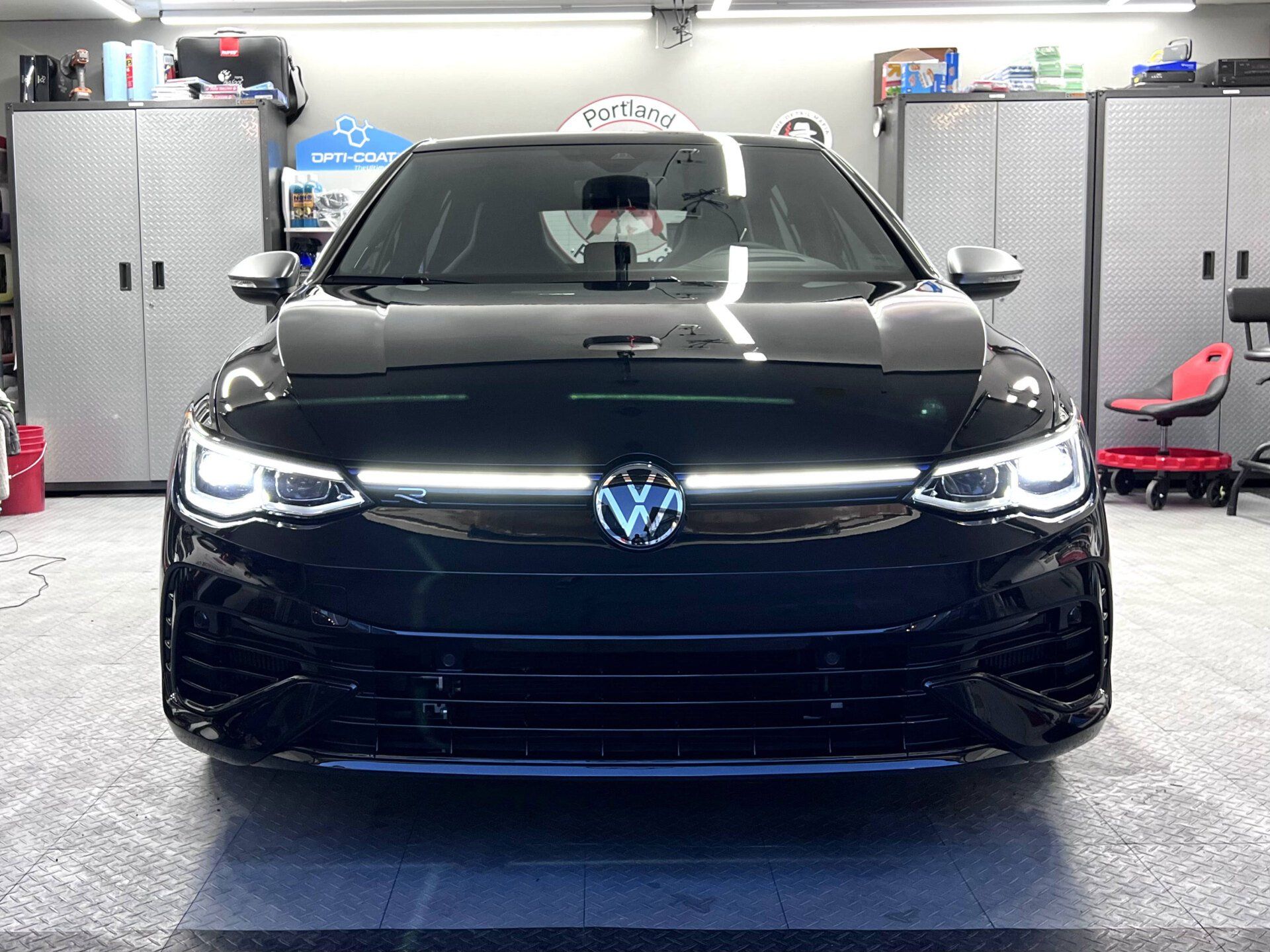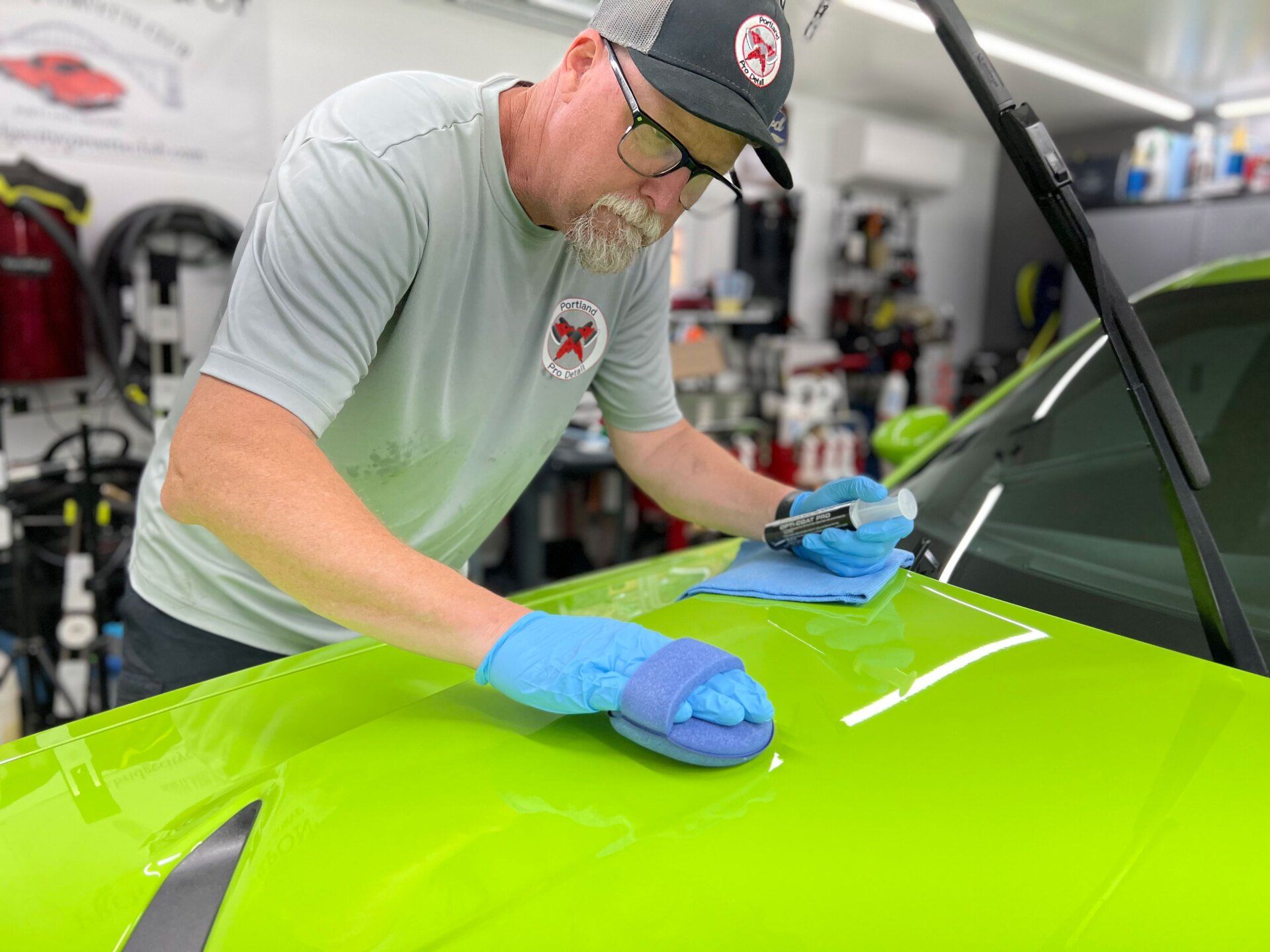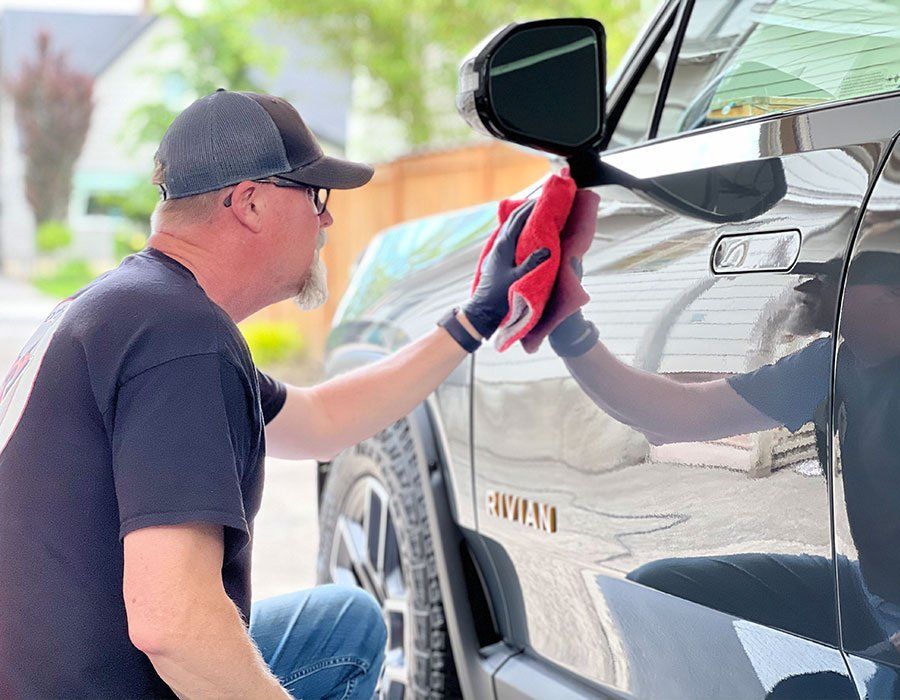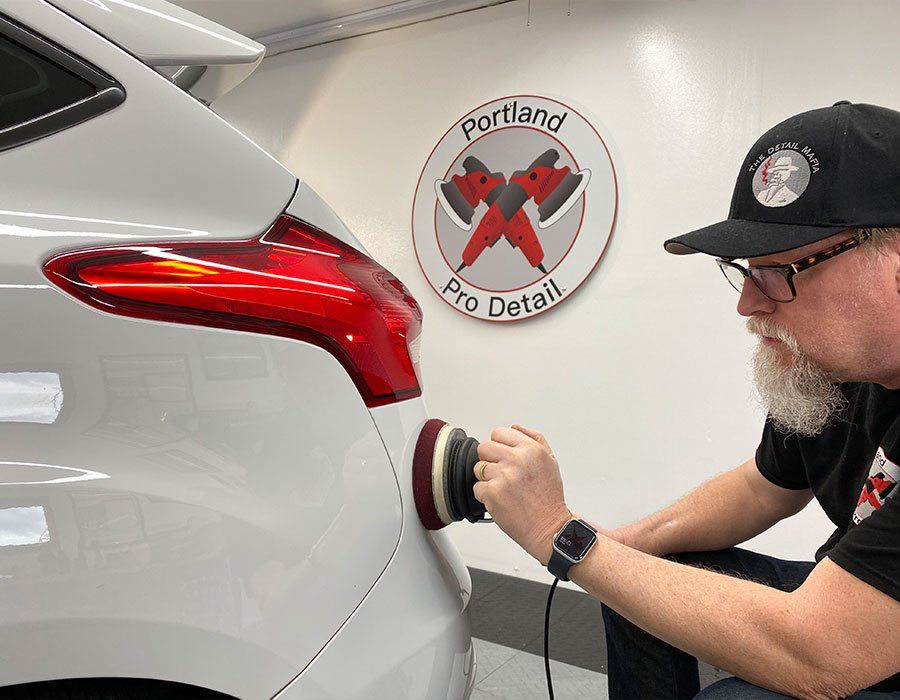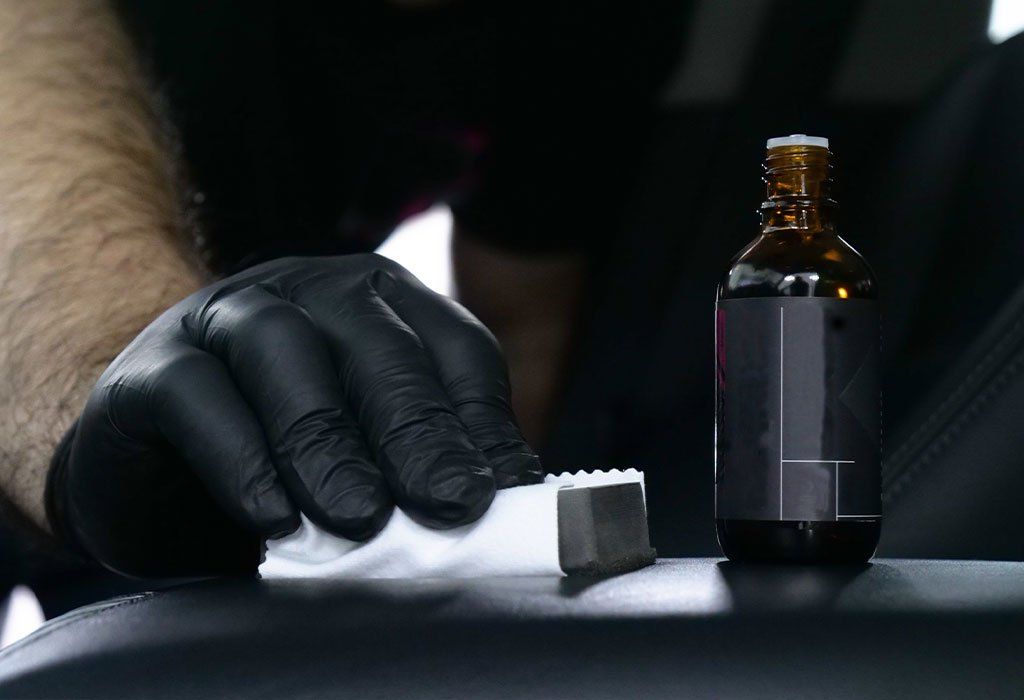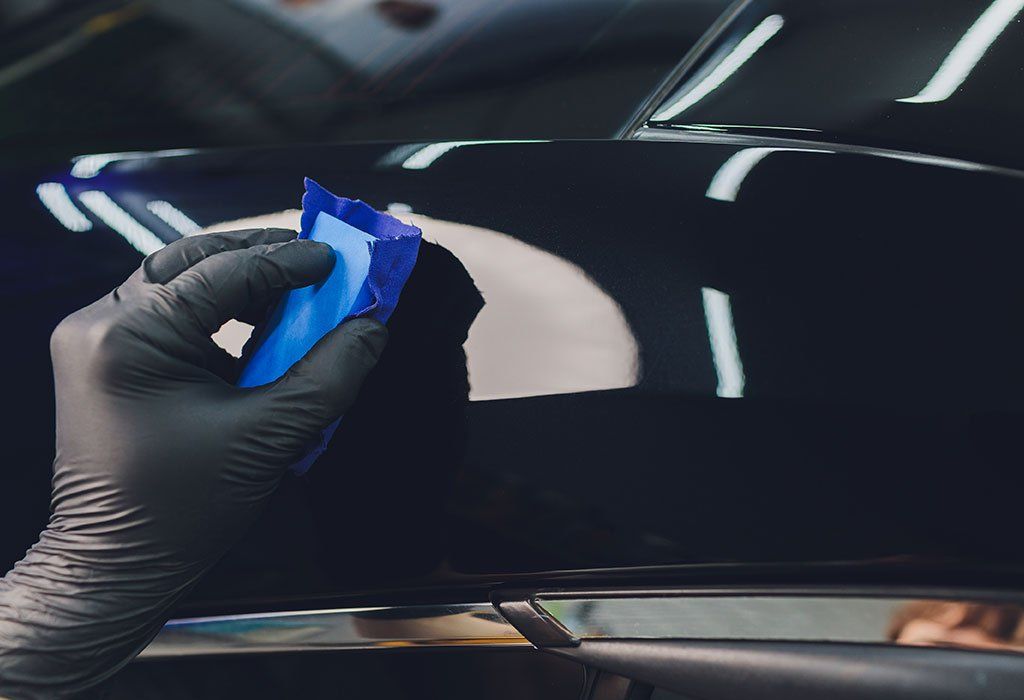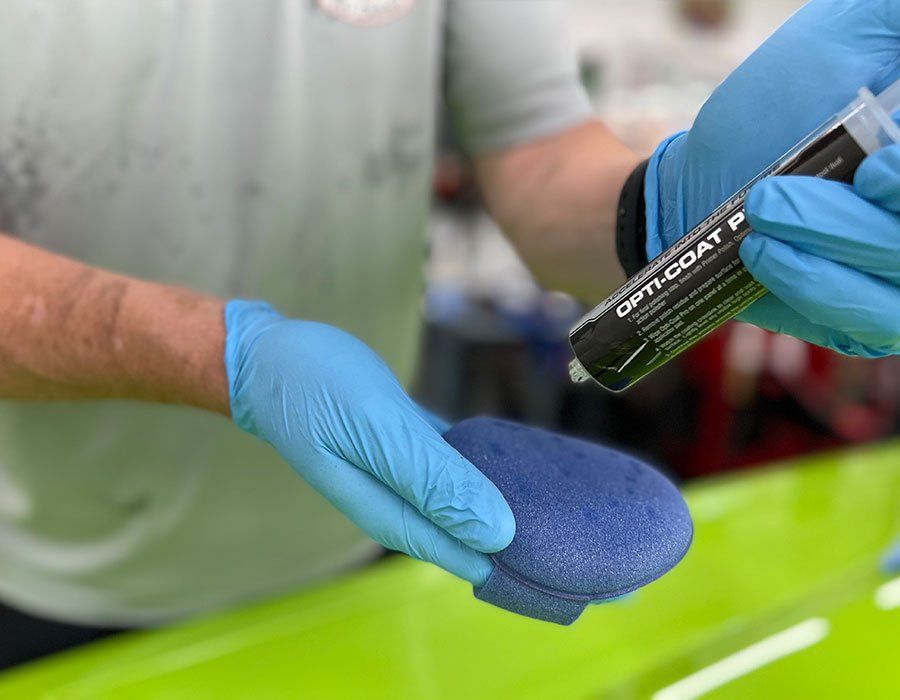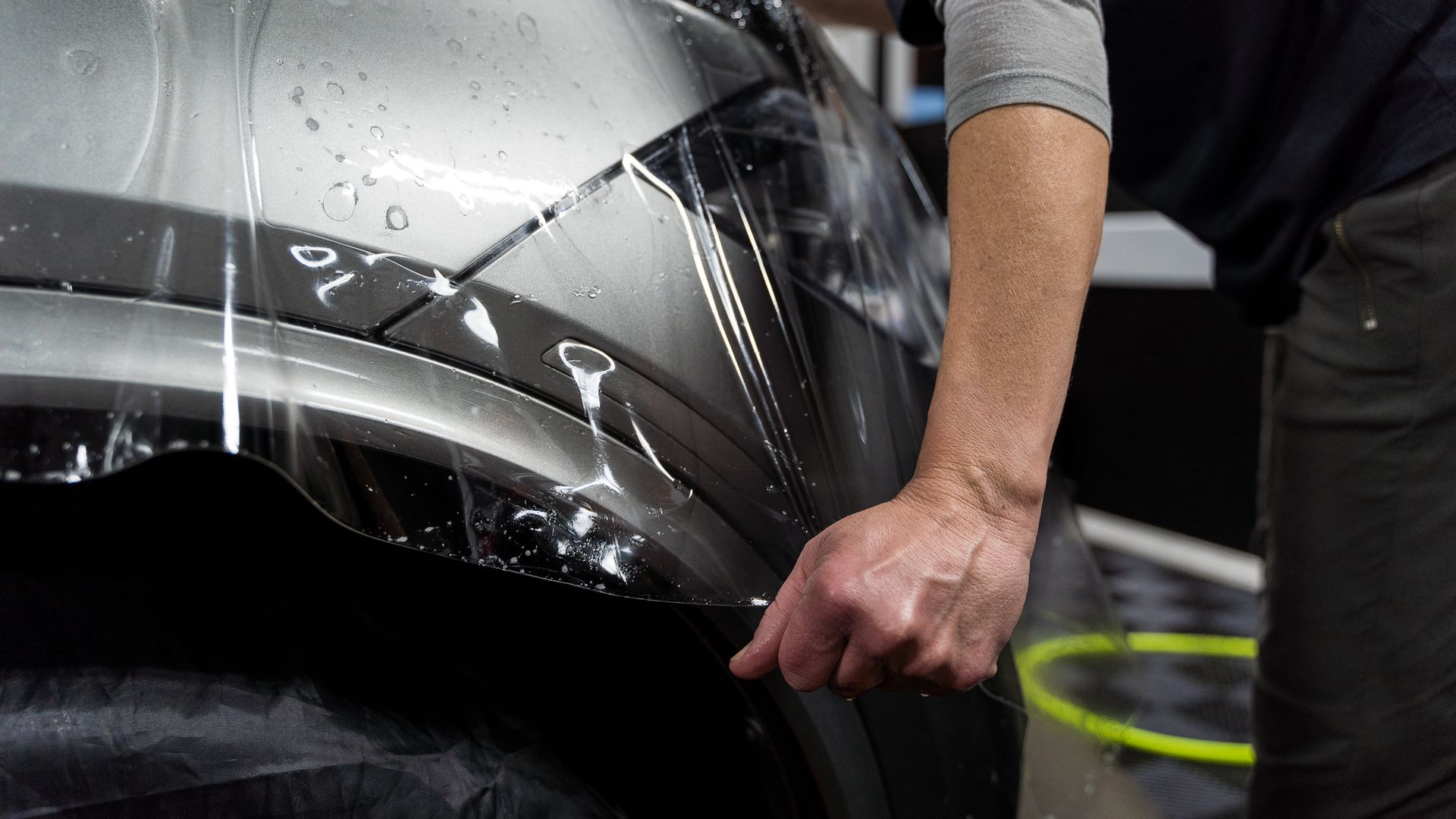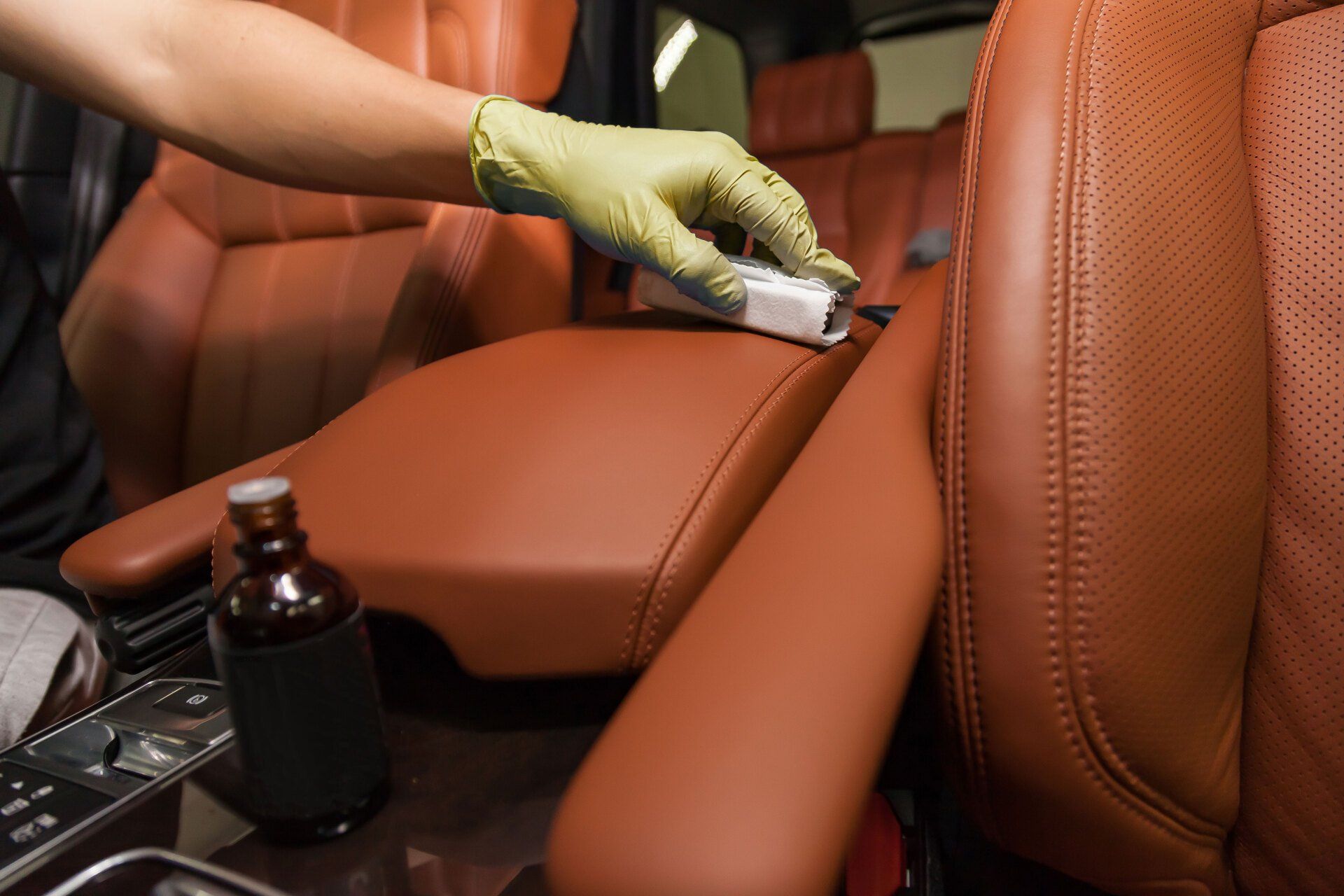The Cost of Ceramic Coating: Benefits, Prices, and Is It Worth the Investment?
CALL (503) 444-7415
For anyone who loves their car, keeping its paint fresh and shiny is as important as changing the oil. But frequent detailing services and traditional waxing can be time-consuming and costly. This is where ceramic coatings come into play. Although they carry a higher initial price tag, these advanced protective layers promise significant long-term savings by reducing maintenance frequency and shielding your vehicle from common damages.
Ceramic coating provides exceptional durability and protection against environmental factors, enhances visual appeal, and increases resale value. While it may have a higher upfront cost compared to traditional options, the long-term benefits of protecting your vehicle's integrity, appearance, and market value make it a worthwhile investment.
Comparing Professional and DIY Ceramic Coatings
When it comes to adding a protective layer to your vehicle, you'll encounter two main options: professional-grade ceramic coating services and do-it-yourself (DIY) ceramic coating kits. Choosing between the two depends on several factors, including budget, time, and desired outcome.
Professional ceramic coating is a detailed process involving intense decontamination and meticulous paint correction before the application of the ceramic coat. This ensures that the vehicle's surface is immaculately clean, free from imperfections, and ready to bond with the ceramic coating. However, this level of service comes at a cost, typically ranging from $1,000 to $2,500 or more, depending on various factors like the size of the vehicle, current paint condition, quality of the ceramic coating product, and expertise of the applicator. Opting for this route provides peace of mind knowing your vehicle is in capable hands, with the end result being a professional-grade finish that can potentially increase the market value of your vehicle.
On the other hand, DIY ceramic coating kits offer a more wallet-friendly alternative, typically ranging from $50 to $100. These kits often include all the necessary materials for application and may even provide enough product to coat multiple vehicles. However, it's important to note that DIY ceramic coating demands meticulous preparation and application techniques. For instance, popular brands offer comprehensive kits that cater to DIY enthusiasts but entail a high level of precision and patience during application. While professional ceramic coating services come with a hefty price tag, they also guarantee expert-level prepping and application for an exceptional finish. In contrast, DIY ceramic coatings provide affordability but require individuals to undertake every step themselves, from surface preparation to precise product application.
It's essential to weigh these options against your own capabilities, resources, and expectations for your vehicle's maintenance. Both options have their pros and cons, so it's crucial to consider what matters most when making this decision.
Long-Term Benefits and Savings
Investing in high-quality ceramic coating presents you with various long-term benefits that extend beyond the initial protection. Let's break down how ceramic coating can lead to significant cost savings and added value for your vehicle.
- Protection Against Environmental Damage: Ceramic coatings provide an exceptional shield against UV damage, oxidation, and environmental contaminants. These protective properties reduce the need for frequent waxing or paint sealant applications, which can typically cost anywhere between $50 and $200 per session. By minimizing these recurring expenses over the years, ceramic coating translates into substantial savings while ensuring your vehicle retains its sleek appearance.
- Preventing Costly Paint Correction: By preserving the vehicle's paint quality, ceramic coatings help prevent costly paint correction or repainting jobs in the long run. The cost of paint correction without ceramic coating can range from $500 to $1,000 on average and potentially escalate to several thousand dollars, depending on the extent of damage.
Consider this: A typical sedan might need waxing approximately three to four times a year at an average cost of $150 per session. Over a period of 5 years, this adds up to $2,250 in waxing expenses alone. On the other hand, investing in a professional-grade ceramic coating at a cost ranging from $1,000 to $2,000 initially offers long-term value by safeguarding your vehicle's integrity and appearance. Beyond mere cost savings, ceramic coating goes a step further by potentially increasing your vehicle's market value. Enhancing the color and clarity of your vehicle's paint can make it look better than new, thereby appealing more to potential buyers in the future. This enhancement can be particularly advantageous if you plan on selling or trading in your vehicle after a few years. With these long-term benefits and potential savings in mind, it's evident that investing in professional-grade ceramic coating not only protects your vehicle but also helps you save money on recurring maintenance and potential repair costs down the road.
Immediate and Visible Advantages
Right after the ceramic coating is applied to your vehicle, you'll notice a real difference. It's not just about protection against UV rays or environmental damage; it's about the way your car looks right then and there. The first thing that strikes you is how much more vibrant and glossy the paintwork appears. It's like seeing your car with fresh eyes—it's simply sparkling.
- Hydrophobic Properties: Picture this: When it rains, the water doesn't stick to the car. Instead, it beads up and runs off effortlessly, almost as if it's afraid to touch the surface. This occurs because of the hydrophobic properties of the ceramic coating. It actively repels water and other liquids, keeping your car clean even in unpleasant weather conditions.
- Easier Cleaning: Have you ever spent ages washing your car, only to get frustrated when stubborn bits of bird droppings or tree sap just won't come off? That changes with ceramic coating. The hydrophobic nature of the coating makes washing your car a breeze. It's like having a protective shield on your vehicle, making it easier to keep your car spotless and shiny without much effort.
For instance, you can simply wipe off bird droppings or tree sap without worrying about them leaving ugly stains behind. Imagine saving all that time and energy usually spent on cleaning, giving you more freedom to enjoy what really matters—the ride itself. And the end result? Not only are you saving time and effort, but you're also extending the pristine appearance of your vehicle without having to work too hard for it. And that's the immediate reward of investing in ceramic coating.
Maintenance Tips for Ceramic Coated Vehicles
So, you've invested in a ceramic coating for your car and aim to maintain its pristine condition and protective benefits. By adhering to a few simple maintenance tips, you can ensure that your ceramic coating remains in top-notch shape for an extended period of time.
- Regular Vehicle Washing: Regular washing with a pH-neutral car wash shampoo is pivotal in upholding the integrity of the ceramic coating and preventing dirt, grime, and environmental contaminants from bonding to the surface over time. Employing the two-bucket washing method—using one for soapy water and another for rinsing—greatly reduces the risk of scratches, preserving the flawless finish of your ceramic-coated vehicle.
- Avoid Abrasive Cleaning Tools: When cleaning your ceramic coated vehicle, it's essential to avoid abrasive materials and harsh chemicals that could compromise the protective properties of the coating. Opt for soft microfiber cloths and gentle cleaning tools to prevent any damage during maintenance.
- Periodic Inspection and Maintenance Spray: Regularly inspecting the coating for wear or damage allows for prompt resolution of potential issues such as swirl marks or dull spots. It also provides an opportunity to revive the protective properties by using a specialized maintenance spray designed specifically for ceramic coatings. This helps extend its durability and reinforce protection against environmental factors.
- Steering Clear of Automatic Car Washes: To safeguard the quality of your ceramic coated vehicle, avoid automatic car washes with harsh brushes that can degrade the coating's integrity over time, compromising its protective capabilities and overall appearance.
By incorporating these maintenance tips into your routine care regimen, you can effectively uphold the exceptional protective properties of your ceramic coated vehicle while ensuring its longevity and visual appeal.
Price Breakdown by Vehicle Size and Condition
When it comes to ceramic coating, the cost isn't one-size-fits-all—it depends on the size of your vehicle and the condition of its paint. Let's break it down.
For smaller vehicles like sedans, professional ceramic coating services typically range between $1,000 and $2,000. On the other hand, larger SUVs and trucks might see prices range from $1,500 to $2,500. This variation reflects the additional material and time required to coat a larger surface area. Keep in mind that these figures are just estimates and can vary based on several factors, such as location, the service provider, and the type of coating being applied. Higher-end or luxury coating options might also push the price higher. It's always best to seek multiple quotes and compare services before making a decision.
Factors Affecting Cost
The condition of your car's paint is another significant factor influencing the overall cost. If your vehicle's paint requires correction to address imperfections like scratches and swirl marks before the ceramic coating is applied, it can add an additional $200 to $800 to the total cost. This process ensures a clean surface for optimal adhesion and durability of the ceramic coating. Think of getting your car ready for a new coat of paint as prepping a canvas before creating a beautiful painting. The level of paint correction needed can vary based on existing imperfections, ranging from minor scratches to more extensive damage.
So, if you're aiming for that flawless, showroom-quality finish, be prepared to account for any additional work required to address your car's paint condition. Investing in paint correction sets the stage for a successful ceramic coating application, ensuring that you get the best results for your vehicle.
Is Ceramic Coating Worth the Investment?
Investing in ceramic coating for your vehicle is a significant decision. Many people understandably wonder if it's worth the cost. It's true that ceramic coating isn't cheap, and you might be wondering if it's just another unnecessary expense. But think about how much you value your vehicle, and what you want out of it. Do you want to keep it protected for a long time? Do you want it to look as good as new, even years down the line? These are some of the questions that point to the value of ceramic coating. Let's break down the benefits:
- Enduring Protection: Ceramic coatings protect your car from UV rays, chemicals, and oxidation, which can break down the paint and reduce its luster over time. This means that your car will retain its glossy finish for longer, keeping that "brand-new" look going strong.
- Enhanced Appearance: The hydrophobic nature of ceramic coatings means that water and dirt are repelled more effectively, keeping your car cleaner for longer periods of time. Not to mention, it gives it that sought-after shiny appearance that makes heads turn.
- Maintained Resale Value: A well-maintained and cared-for vehicle is always more desirable. By protecting your car with a professional-grade ceramic coating, you're preserving its value for potential future buyers.
So, while the initial cost might make you hesitate, think about the long-term savings from reduced maintenance and avoided repair costs. An intact paint job reduces the likelihood of rust developing on metal surfaces, which can save a significant amount of money in the long run. But even beyond the costs, there's something to be said for how good it feels to have a well-preserved vehicle. Think about how nice it is when something you care about looks its best without too much effort - that's the joy of owning a vehicle with a ceramic coating.
When weighing the benefits against costs, ceramic coating emerges as a worthwhile investment for vehicle owners who prioritize long-term protection and aesthetic appeal. While the cost may seem high upfront, the potential savings from reduced maintenance costs and avoided repairs, coupled with the enhanced joy of owning a well-preserved vehicle, often justify this investment. Ceramic coating serves as an investment that goes beyond monetary value; it is an investment in the enduring quality and joy of owning and preserving your vehicle.
Premium Ceramic Coating Service in Vancouver, WA
Protect and enhance your vehicle with Portland Pro Detail's premium ceramic coating service in Vancouver, WA. Offering superior protection against the elements and an unparalleled shine, our ceramic coating keeps your car looking its best for years to come. Trust our expert team to deliver a flawless finish and long-lasting results. Book your appointment today to experience the ultimate in automotive care and preserve the beauty of your vehicle. Call us at (503) 444-7415 to get started!
Portland Pro Detail Blog
